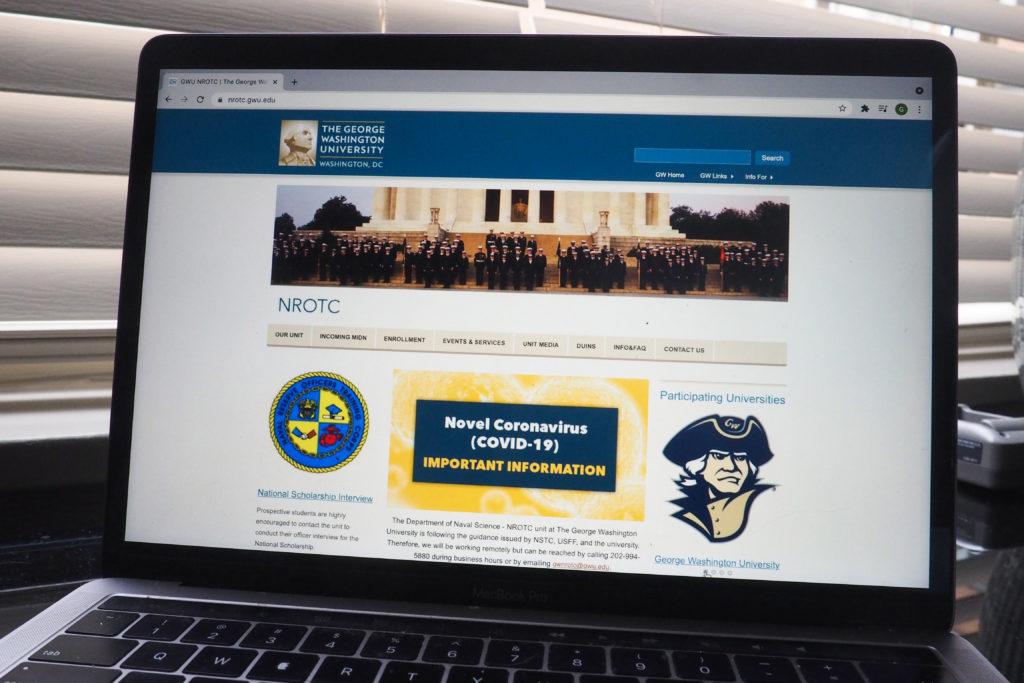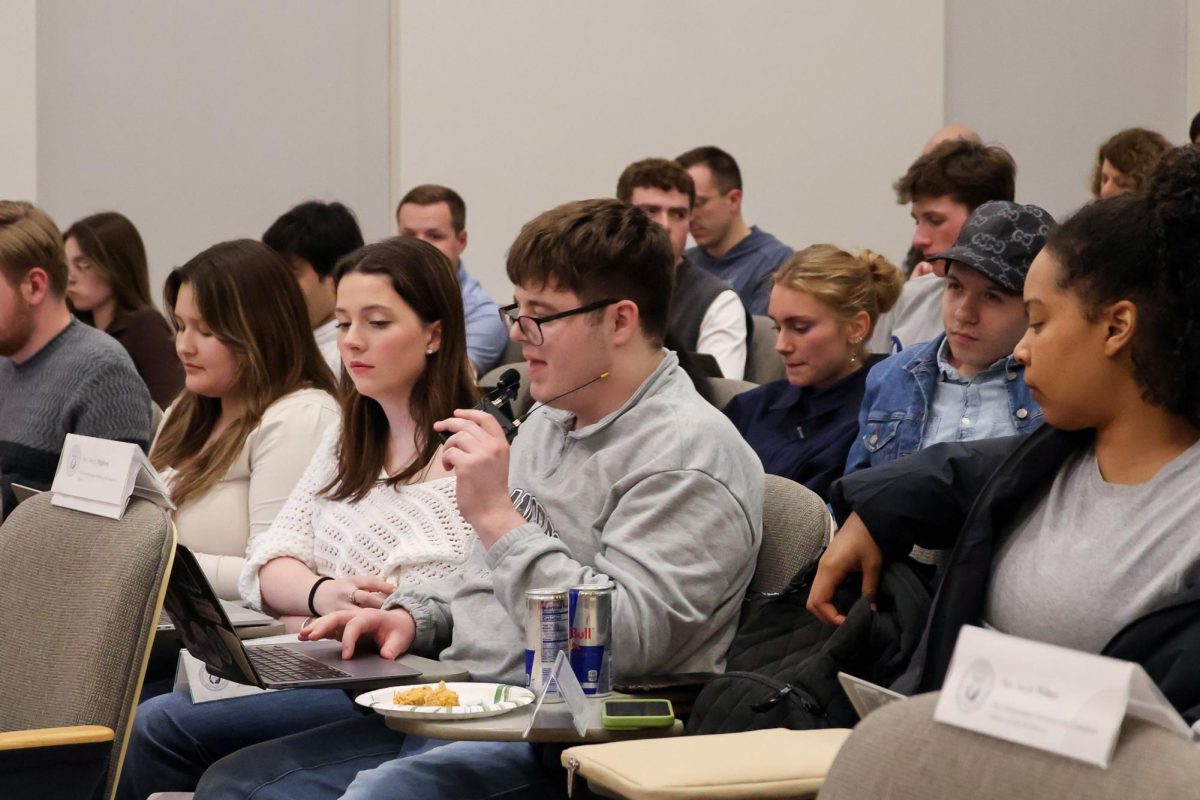Army and Air Force ROTC students will receive free transportation to access their off-campus classes this fall after spending hundreds of dollars in travel-related expenses in previous years.
The University will begin providing four vans during the upcoming semester for students to attend early morning classes offered by the ROTC Army program at Georgetown University and the Air Force program at Howard University. Luc Saint-Genies, the Student Association’s secretary of military affairs and an Air Force ROTC cadet, said the SA pushed for the new service because the University never provided transportation for ROTC students who previously spent more than $300 a semester in Uber charges to attend class at other universities.
“It was quite a regular oversight – intentional or not is irrelevant – from both SA and administration, where there was always an assumption that ROTC cadets were either under fellowships or had money, stipends or that sort,” Saint Genies said.
Saint-Genies said students will be approved by himself or their ROTC program to drive the vans to and from their ROTC classes, which can take place two to four times a week from about 5 a.m. to noon. He said students will meet at Kogan Plaza to take the vans, which can each hold up to 14 students.
GW has a consortium agreement with Georgetown University’s and Howard University’s ROTC programs that allows GW students to take ROTC classes, like military leadership courses. Saint-Genies said 100 GW students are enrolled in Georgetown’s Army ROTC branch and about 50 students are enrolled in Howard’s Air Force ROTC branch.
GW’s Naval ROTC program is the University’s only ROTC program offered on campus, according to the NROTC website. Students from Catholic, Georgetown and Howard universities can also join the GW NROTC program through a consortium agreement between GW and the schools.
Saint-Genies said he discussed his concerns about the lack of off-campus transportation with SA Vice President Kate Carpenter, who helped him meet with officials in the transportation office. He said he and Carpenter met with Destiny Jackson, the University’s director of transportation and logistics, in July to negotiate the new transportation service and alleviate travel costs.
“I’m taking this position very seriously because a good portion of our student body – upwards of 25 to 30 percent – is in fact military-affiliated, and I’ll do my very best to be that advocate for that student body,” Saint-Genies said.
Angelica Chardón, a senior and an Air Force ROTC cadet, said she struggled to commute to her ROTC classes at Howard University from the Mount Vernon Campus because she needed to pay senior cadets up to $250 in gas money each semester to drive her. She said ROTC students who couldn’t drive themselves to class were forced to rely on the Metro or upperclassmen to attend off campus sites because GW only allows juniors and seniors to keep vehicles on campus.
Chardón said the new transportation initiative will also boost recruitment numbers for people who may be wary of joining ROTC programs for financial reasons because travel costs will drop. She said the transportation service will also boost morale for ROTC students because they can spend more time together on the vans.
“At the end of the day, it increases professionalism because you get there with your team, and then you all perform together rather than trying to get a hold of people so early in the morning,” Chardón said.
Carpenter said she helped Saint-Genies organize two months of Zoom meetings with the transportation office to secure the vans for the off-campus ROTC programs. She said members of the SA worked out logistics between the transportation and ROTC offices during the meetings, like who would be approved to drive them.
“The reason that administrators were so happy to help us is that one, the support they needed was super easy, and it was an easy fix – didn’t take much time,” Carpenter said.
Carpenter said the SA will promote this initiative through social media and its first newsletter of the year, which could help encourage more students to join the ROTC programs. She said the initiative will help highlight the ROTC programs and demonstrate that the SA and the administration support the students in those programs.
Carpenter said she and Saint-Genies will continue building a relationship with officials to work on other initiatives to support ROTC students in the future. She said the SA will work on Title IX issues within the Army ROTC at Georgetown and advocate for more affordable ROTC courses that are taken at Georgetown and Howard universities.
“It is such an underrepresented group on campus,” Carpenter said. “They work a lot and they put in a lot of hours to do what they’re passionate about. But most students aren’t really even aware that the program exists or that they need support.”
Lalitha Shanmugasundaram contributed reporting.











